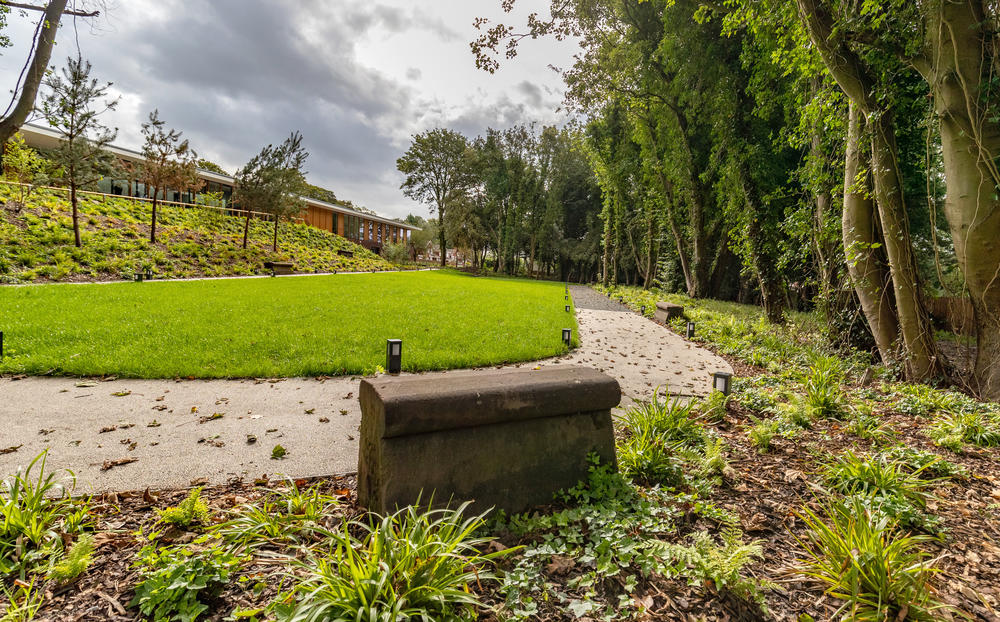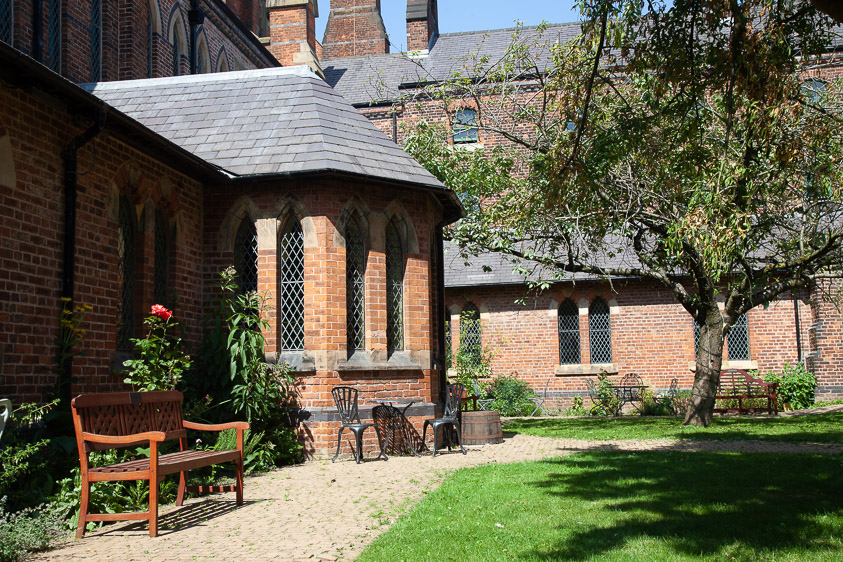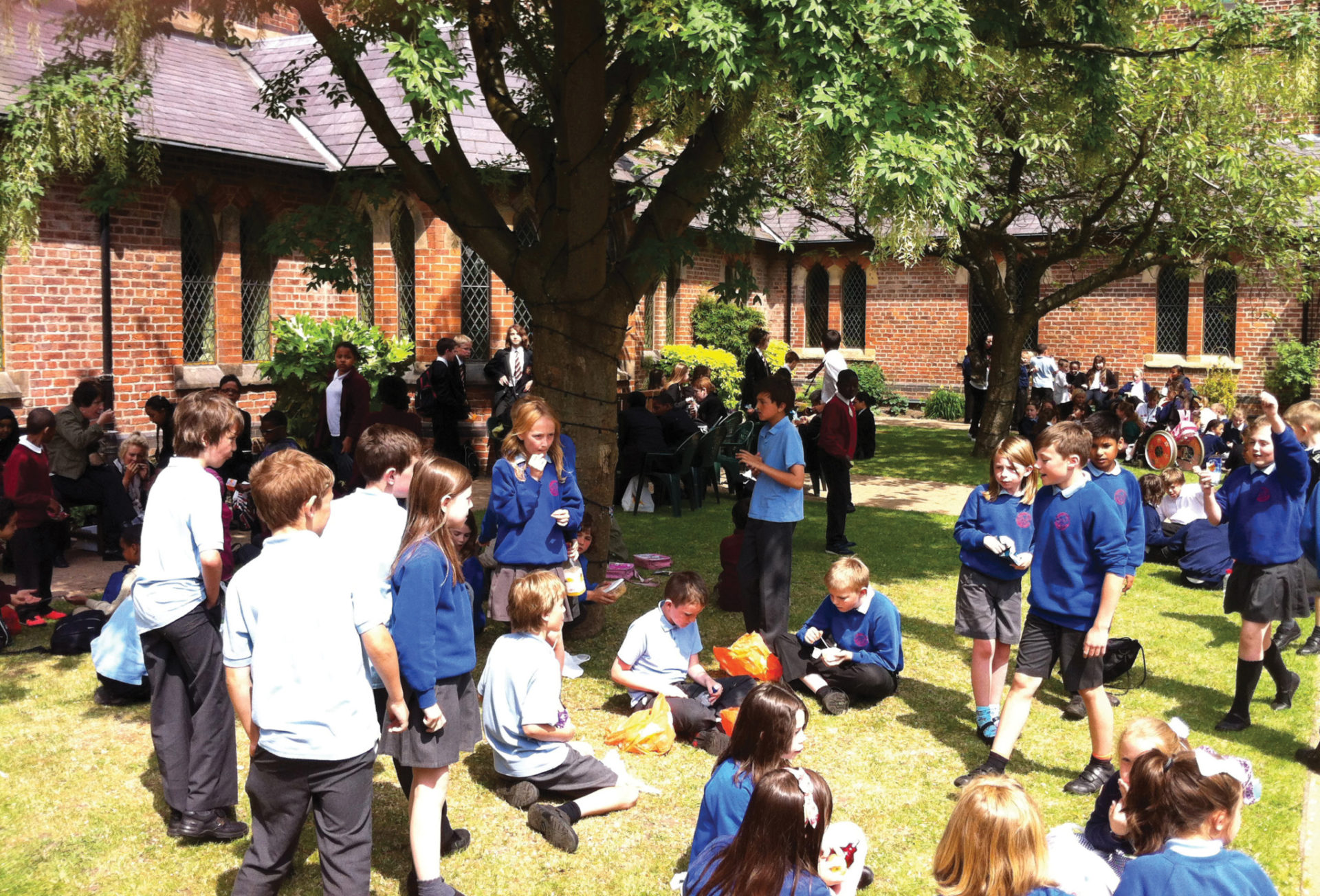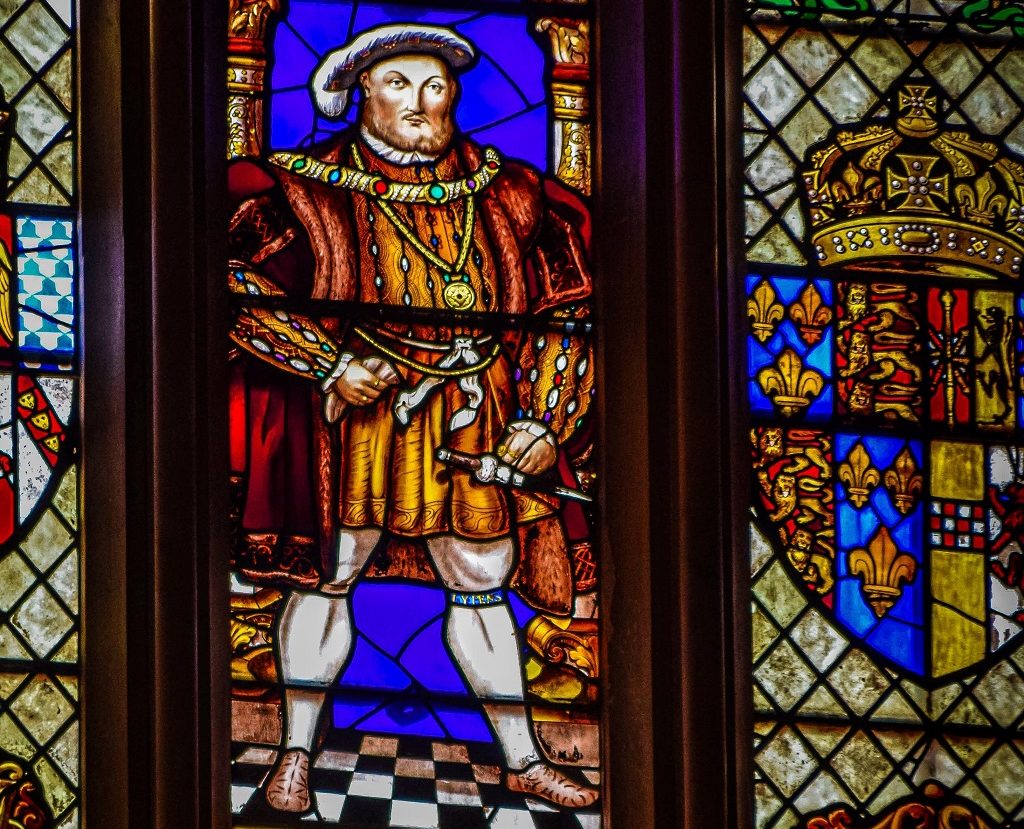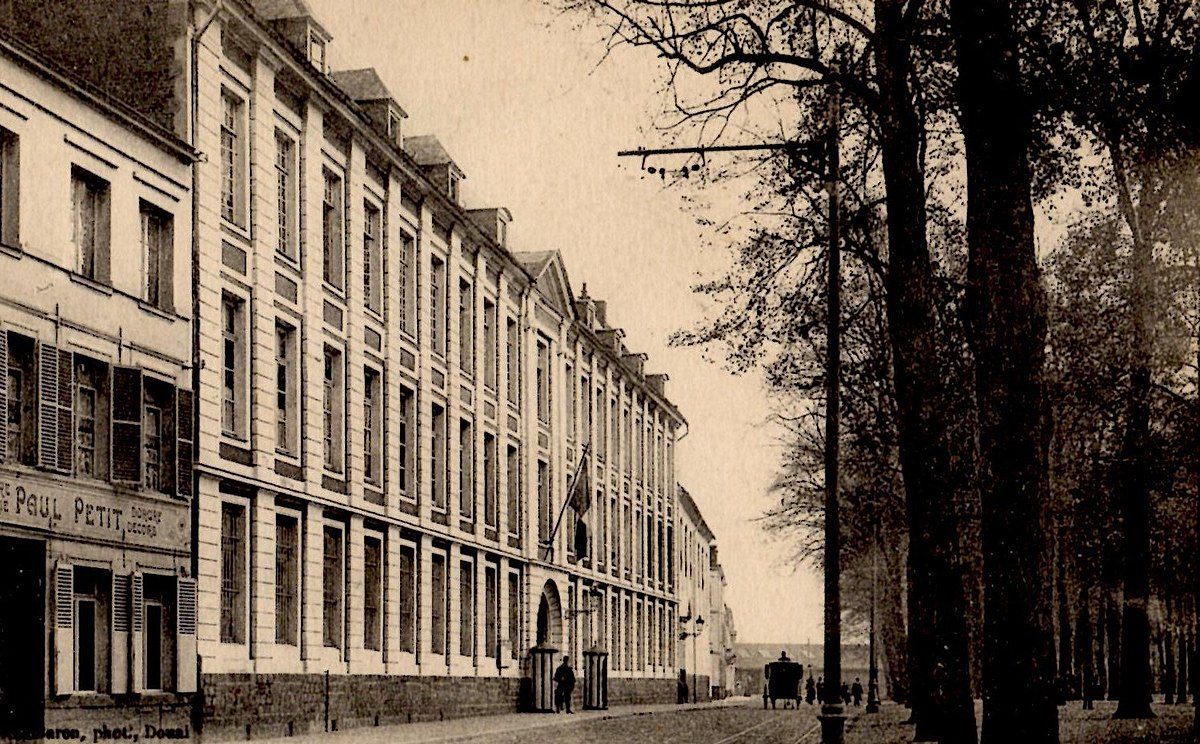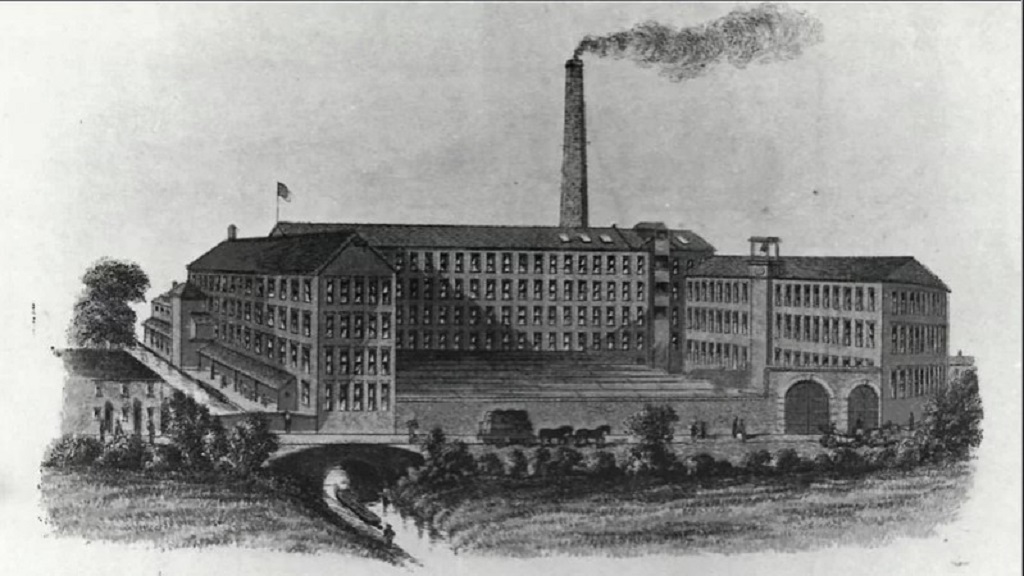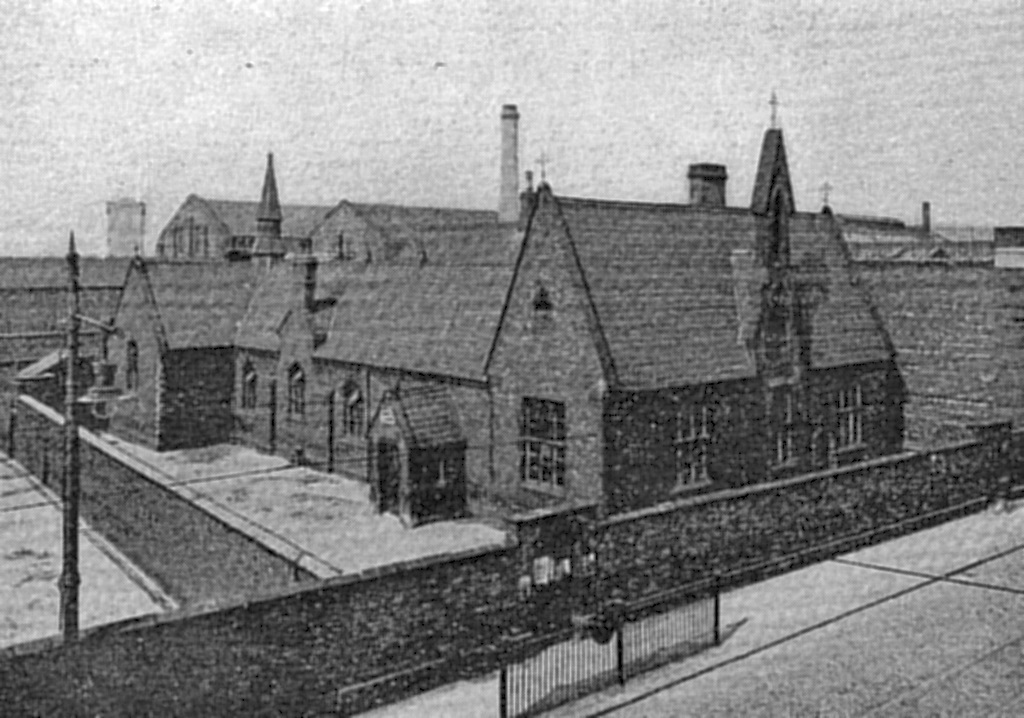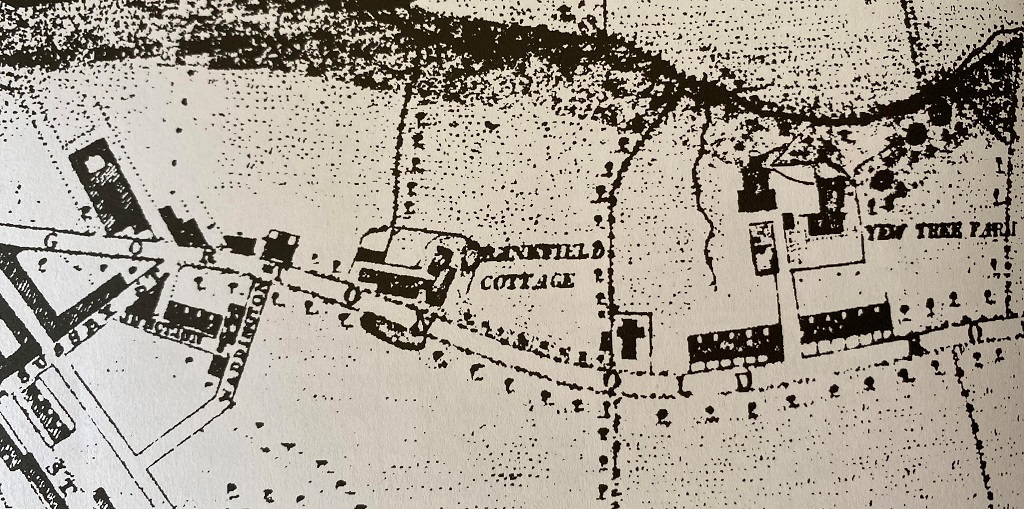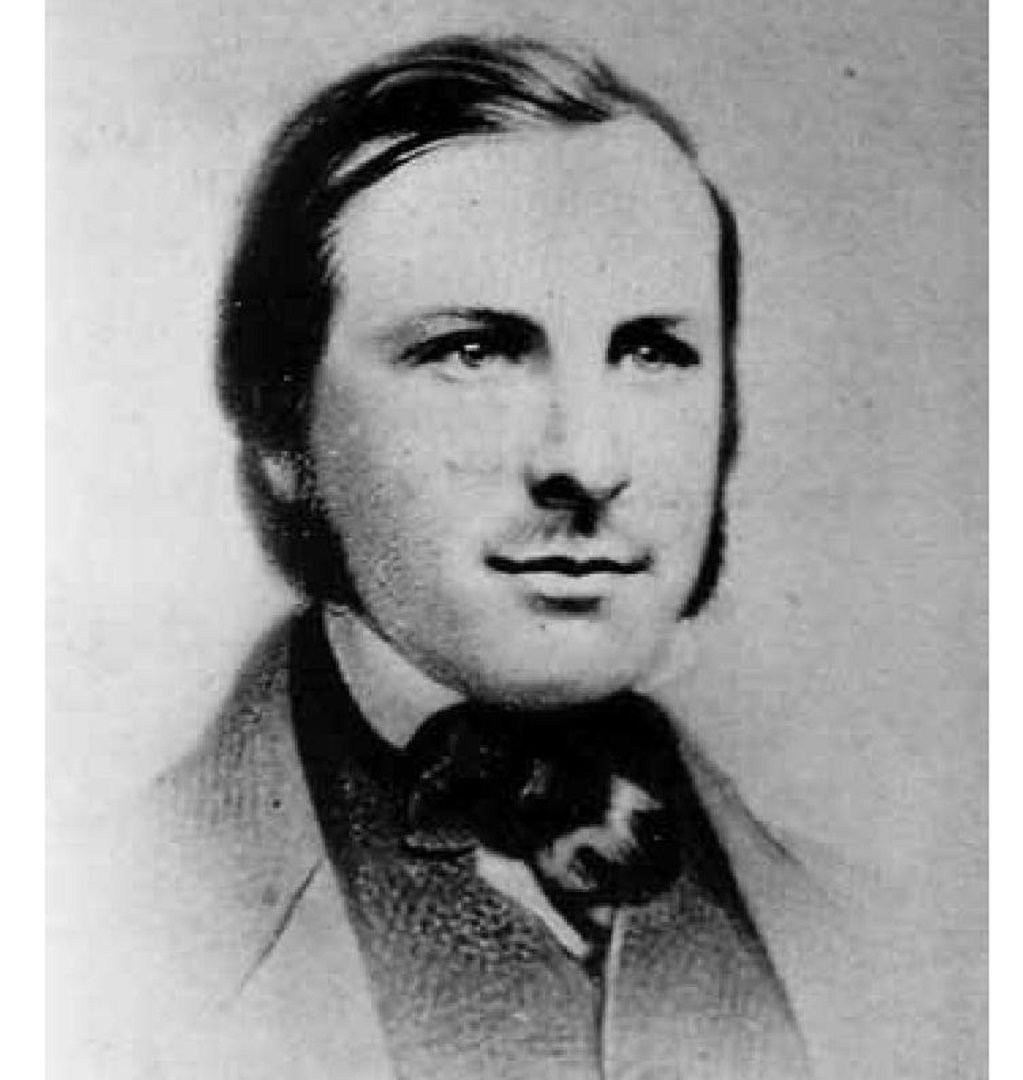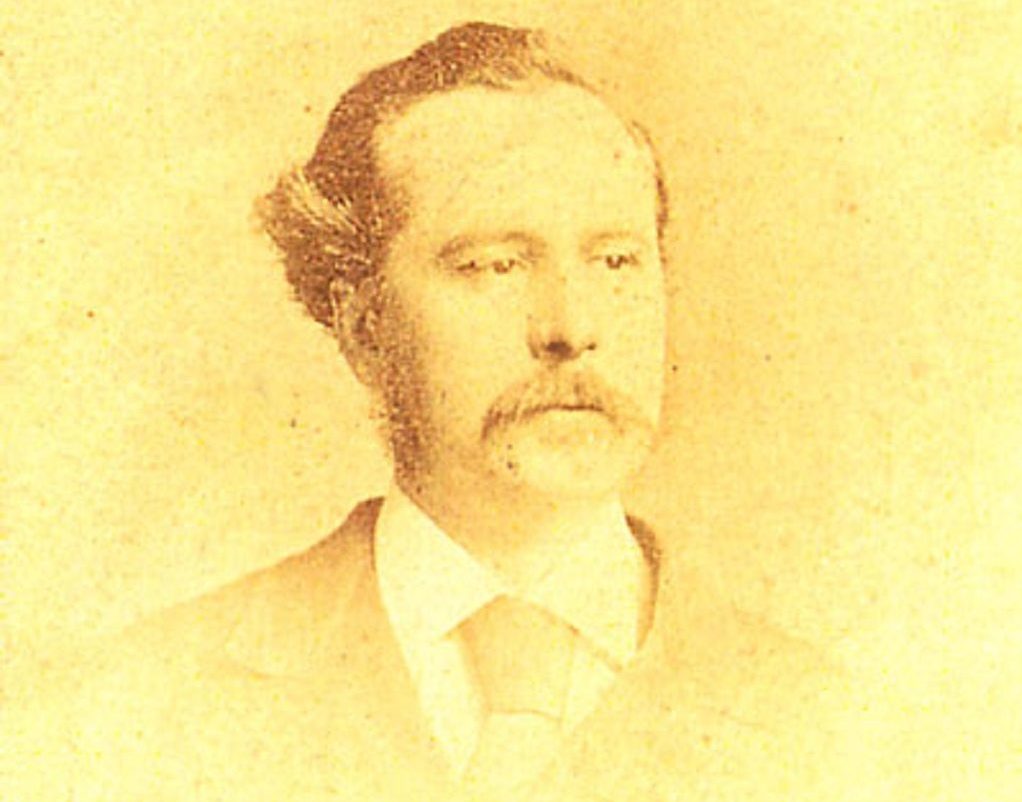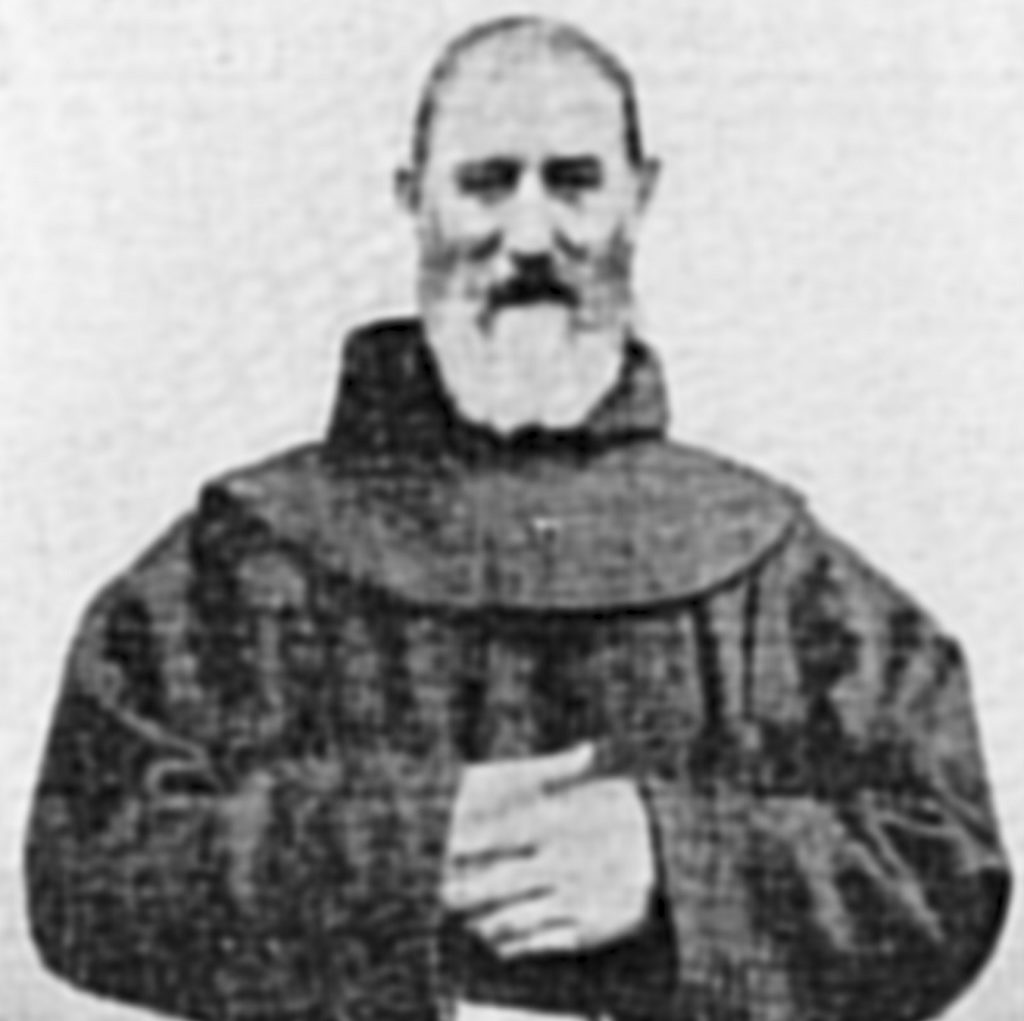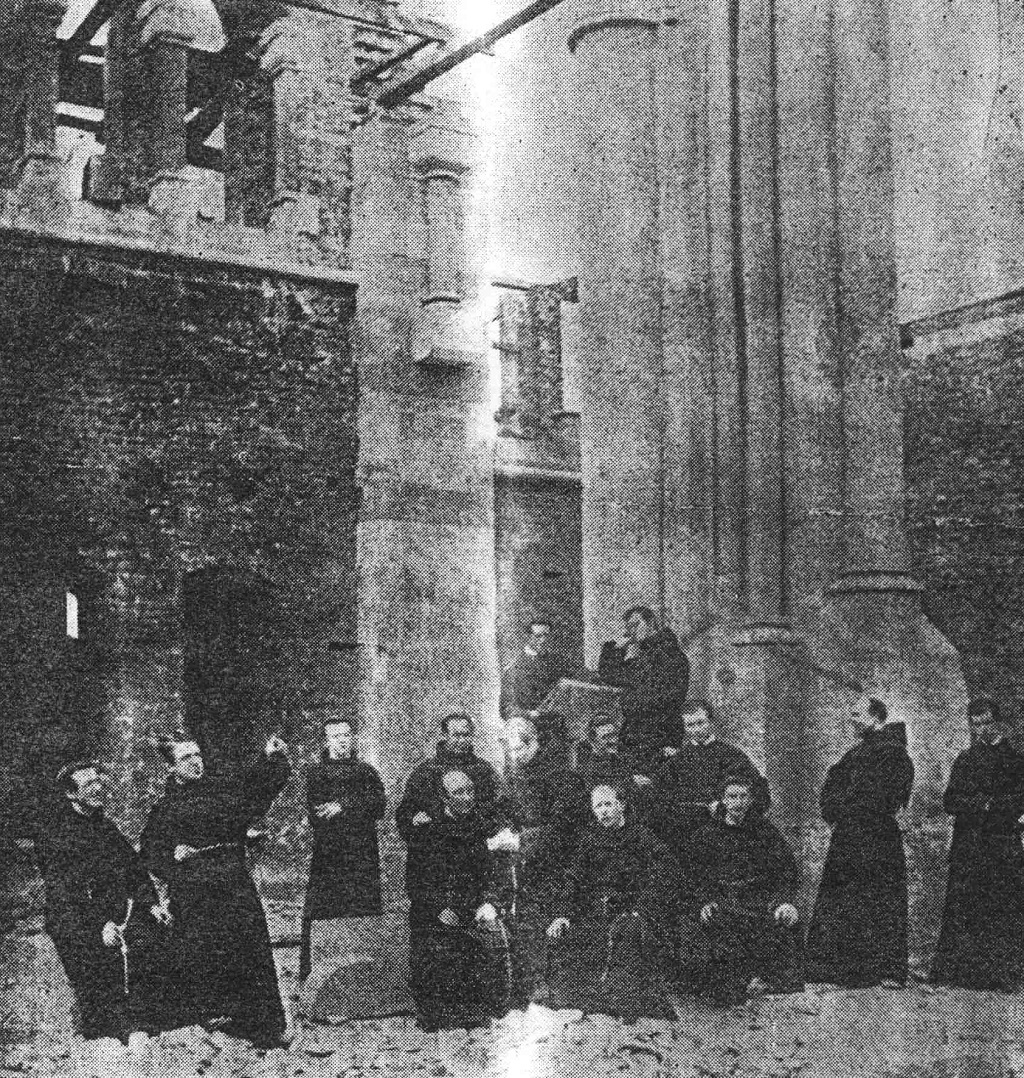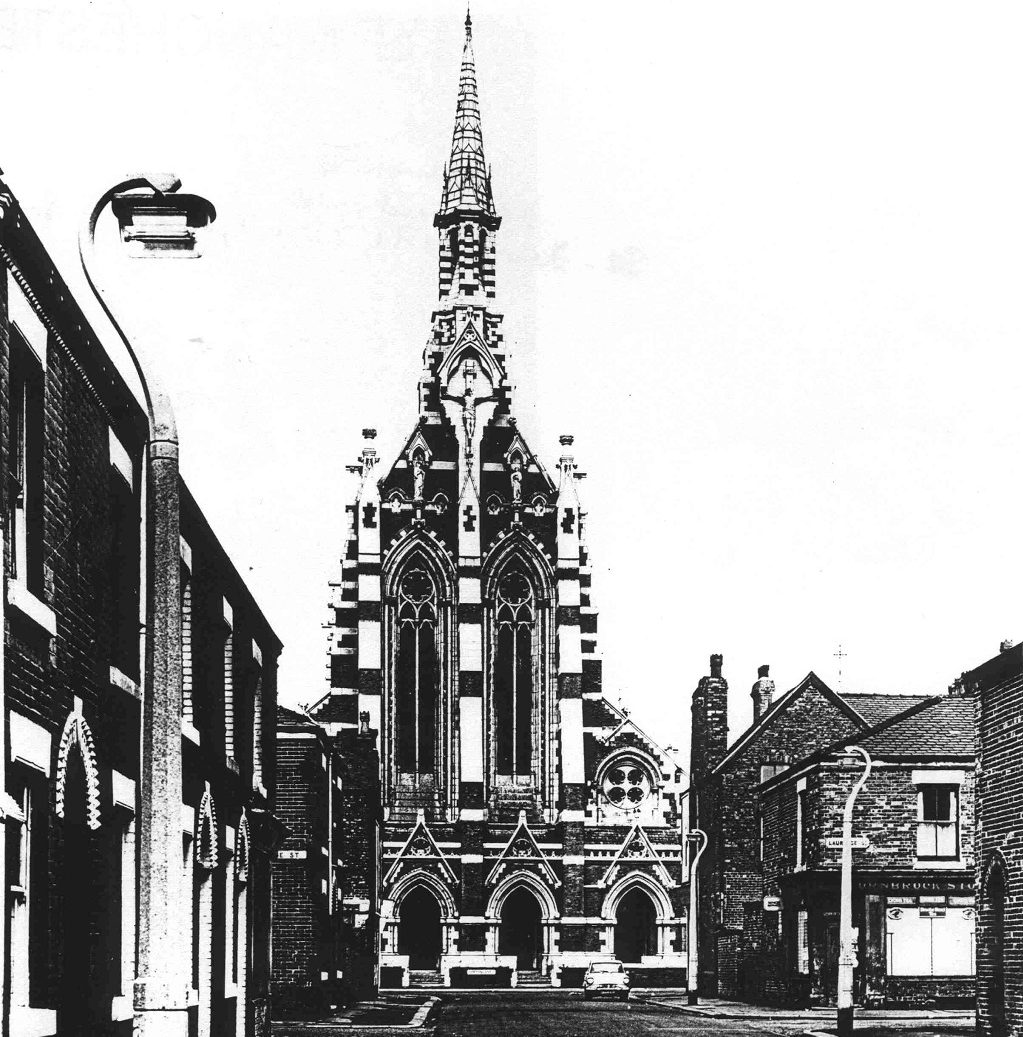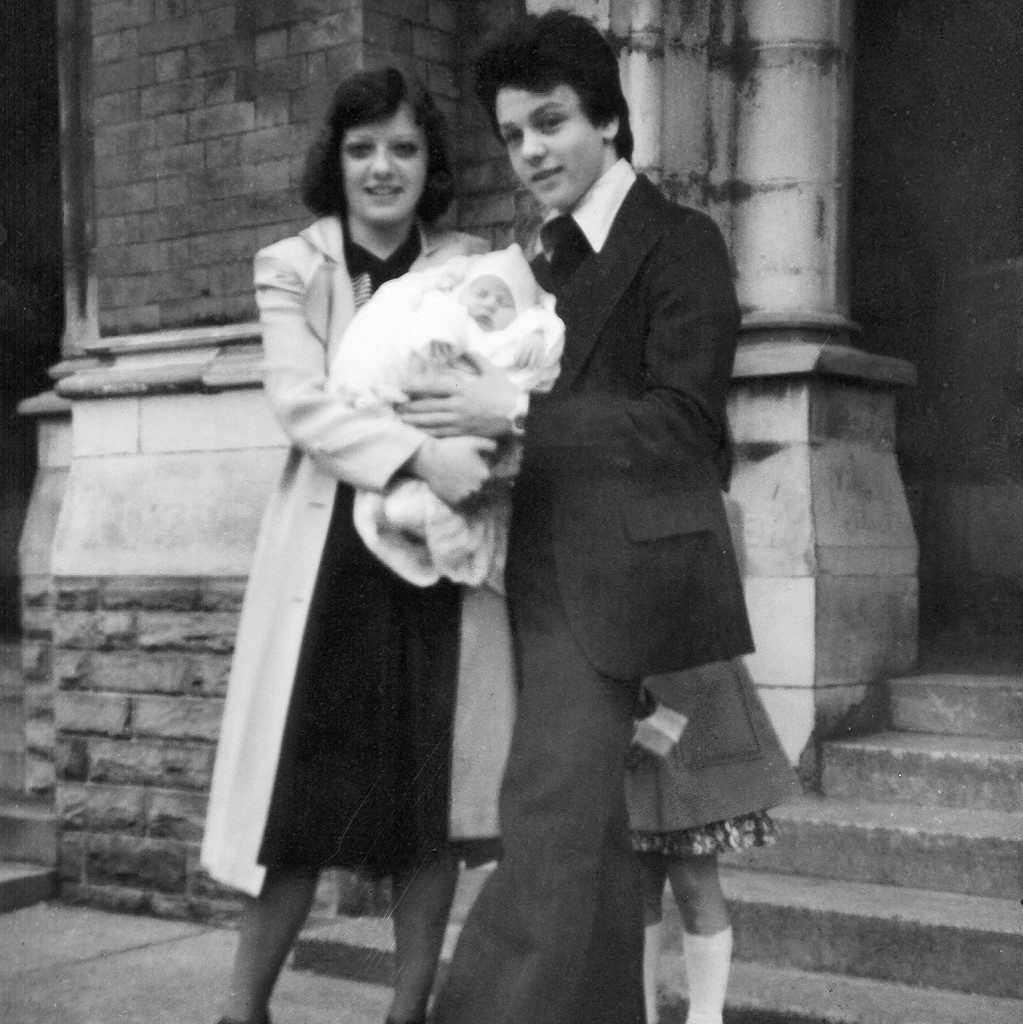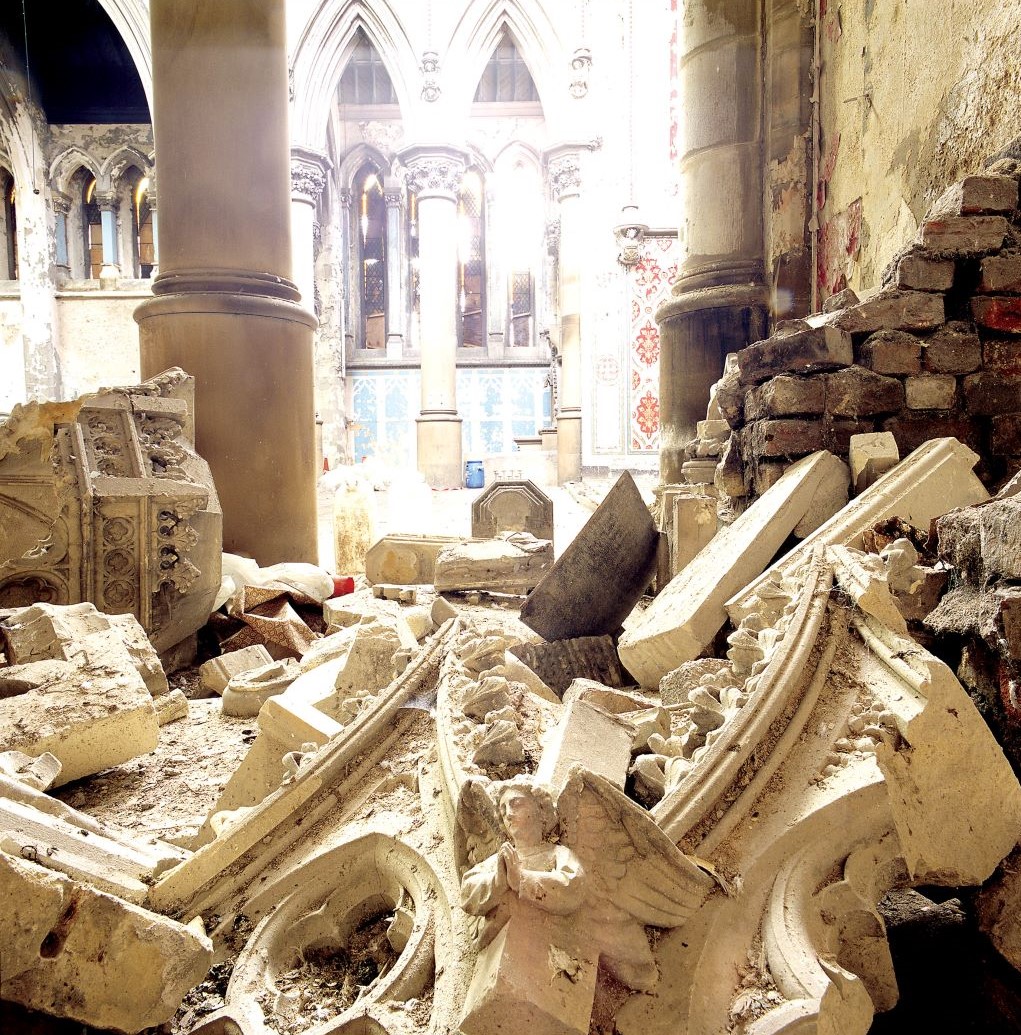What is Meant by Social Prescribing?
A 3-minute read.
Social prescribing is a relatively new approach to increasing well-being in society. It works through collaboration of healthcare professionals and cultural and heritage centres.
Patients with lower risk mental and physical health conditions are directed to cultural institutions who run programmes focusing on activities like volunteering, community engagement and the arts.
The goal is to move towards a more compassionate model of health care that does not rely on pharmaceutical solutions.
This can both relieve pressure on NHS services and help those who are suffering to connect with a community who can help to improve their overall well-being.
Authors | Emma Gossage & Jenny Jackman Editor | Dr. Caroline Paige
Emma and Jenny took part in a student placement at Manchester Monastery. If you’re looking for a student placement in Manchester, ask your university to contact us.
It’s a great way to strengthen your CV and meet others who share your interests.
If you’d like a career in heritage management, take a look at the postgraduate MA course in Cultural Heritage Management that Emma and Jenny are studying at The University of York.


